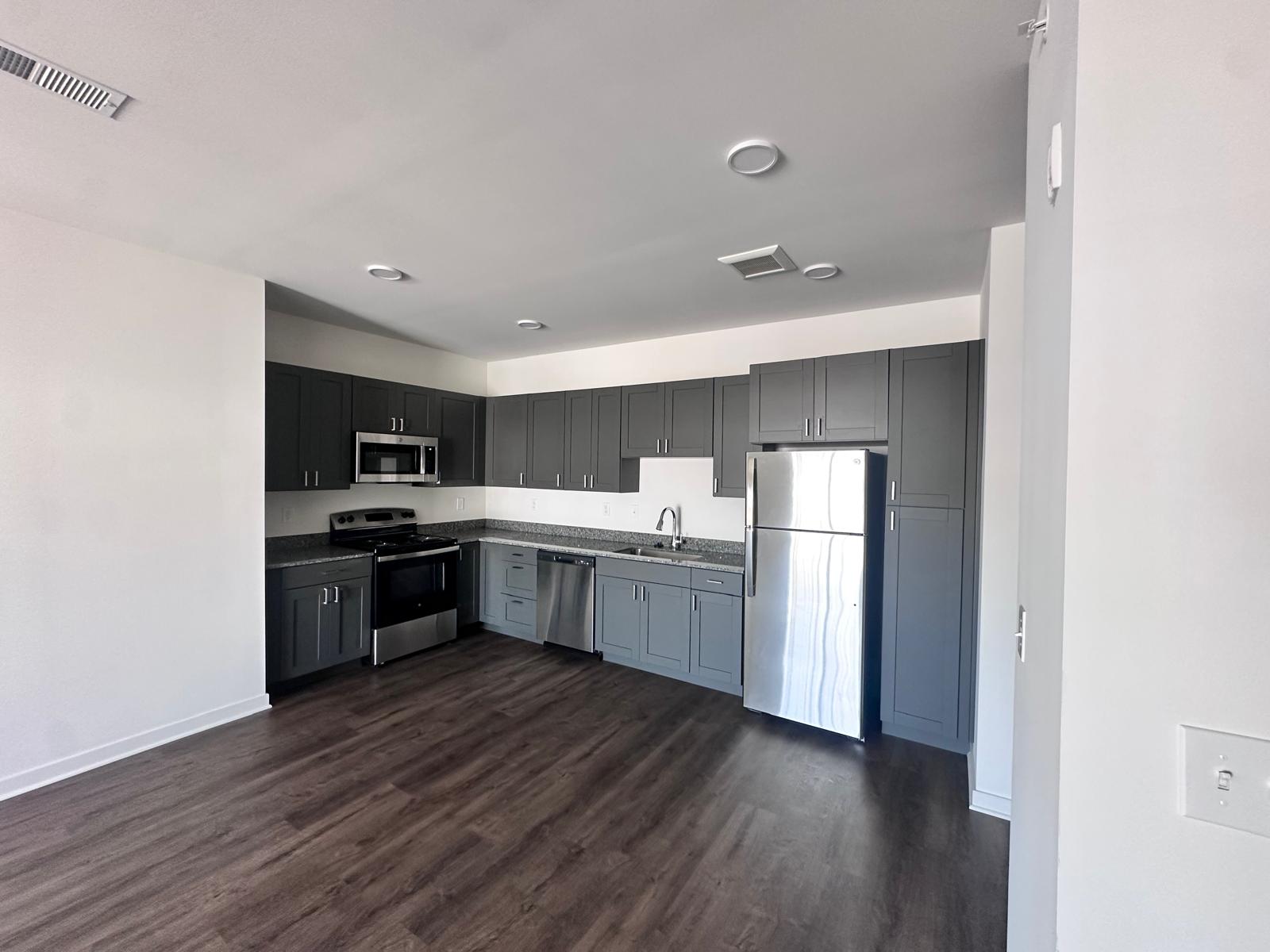
When considering flooring options, you might wonder how concrete painting differs from epoxy coating. Both have unique benefits and drawbacks, but they serve different purposes depending on your project’s requirements.
Understanding their composition, application techniques, and durability could help you make an informed choice. So, what should you really know about each method before deciding?
Composition and Characteristics
Concrete Paint: Breathable and Decorative
Concrete paint is formulated to provide color and protection while allowing the surface to breathe. Its composition includes:
- Pigments for color and opacity
- Resins that help the paint adhere to porous concrete surfaces
- Solvents that aid in application and drying
Key features:
- Breathable finish allows moisture to escape, reducing the risk of peeling or bubbling
- Offers a wide range of color options and finishes
- Ideal for decorative purposes on less demanding surfaces
Epoxy Coating: Durable and Protective
Epoxy coatings are designed for strength and long-lasting performance. They consist of two main components:
- Resin that forms the base of the coating
- A hardener that triggers a chemical reaction to cure the epoxy into a tough, resilient surface
Key features:
- Creates a glossy, non-porous surface resistant to chemicals, stains, and abrasion
- Bonds tightly to concrete, ensuring long-term durability
- Perfect for high-traffic or industrial areas where strength and protection are priorities
Choosing Between Concrete Paint and Epoxy Coating
Understanding these differences helps you select the right solution:
- Use concrete paint for decorative, breathable finishes on surfaces with less wear
- Opt for epoxy coatings when durability, chemical resistance, and longevity are essential
Making an informed choice ensures your project meets both aesthetic and functional needs.
Application Process and Techniques
Understanding the application methods for both concrete painting and epoxy coating is essential to achieve the best results. Each process requires specific preparation and technique, tailored to the material’s unique properties and intended use.
Concrete Painting: Preparation and Layering
Applying concrete paint is straightforward but demands thorough surface preparation to ensure durability and adhesion.
- Surface Cleaning: Begin by removing all dirt, dust, grease, and loose material. A clean surface ensures the paint bonds properly.
- Repairing Imperfections: Fill cracks and holes with a suitable patching compound to create a smooth, even surface.
- Priming (if needed): Depending on the paint and concrete type, applying a primer can enhance adhesion and longevity.
- Painting: Use a brush, roller, or sprayer to apply the paint. It’s common to apply two coats for consistent, even coverage.
- Drying Time: Allow sufficient drying time between coats to avoid peeling or uneven finish.
Benefits: Concrete paint is relatively easy to apply and offers decorative flexibility, making it ideal for light-duty areas.
Epoxy Coating: Precision and Timing
Epoxy application is more technical and requires careful mixing and timing to ensure a durable, seamless finish.
- Surface Preparation: Similar to painting, the surface must be thoroughly cleaned and free of contaminants.
- Mixing Components: Epoxy consists of resin and hardener, which must be combined precisely. Incorrect ratios can affect curing and performance.
- Application Window: Once mixed, epoxy must be applied quickly, usually within a limited working time to guarantee proper bonding.
- Spreading the Epoxy: Pour the mixture onto the surface and spread evenly using a roller or squeegee. Proper thickness and smoothness are critical.
- Curing: The epoxy needs adequate time to cure, forming a hard, resistant surface that can handle heavy use.
Considerations: The epoxy process requires more skill and timing but results in superior durability, ideal for industrial or high-traffic areas.
By understanding these application techniques, you can better decide which option fits your project needs and ensure a professional-quality finish for your concrete surfaces.
Durability and Maintenance Requirements
When choosing between concrete painting and epoxy coating, it’s important to consider how each option performs over time and what maintenance they require. Both improve the look of your surfaces, but their longevity and upkeep differ considerably.
Epoxy Coatings: Long-Lasting and Low Maintenance
Epoxy coatings are renowned for their exceptional durability and resistance, making them ideal for demanding environments.
- High Durability: Epoxy withstands chemicals, stains, heavy foot traffic, and abrasion far better than most coatings.
- Longevity: With proper application, epoxy floors can last many years without significant wear or fading.
- Low Maintenance: Routine cleaning with mild detergents and occasional inspections are usually sufficient to keep epoxy floors looking pristine.
- Resistance to Elements: Epoxy resists moisture, oils, and harsh chemicals, reducing the risk of damage or deterioration.
This combination of durability and ease of care makes epoxy coating a smart investment for both commercial and residential spaces requiring a tough, long-lasting finish.
Concrete Painting: Aesthetic but Requires More Upkeep
While concrete paint offers an attractive finish and flexibility in design, it generally demands more frequent maintenance.
- Lower Durability: Painted surfaces are more prone to chipping, fading, and wear, especially in areas with high foot traffic or exposure to the elements.
- Frequent Reapplication: To maintain appearance and protection, repainting or touch-ups may be necessary every few years.
- Maintenance Needs: Regular cleaning, sealing, and timely repairs help prolong the paint’s lifespan but require ongoing effort.
- Sensitivity to Weather: Outdoor painted concrete can deteriorate faster due to sun exposure, moisture, and temperature changes.
If you prefer a decorative solution with manageable maintenance and don’t require extreme durability, concrete painting can be a suitable choice.
Choosing epoxy coating ensures you get a long-lasting, low-maintenance surface, while concrete painting offers more design flexibility but requires more upkeep.
